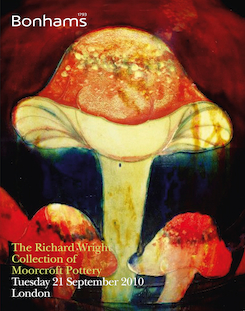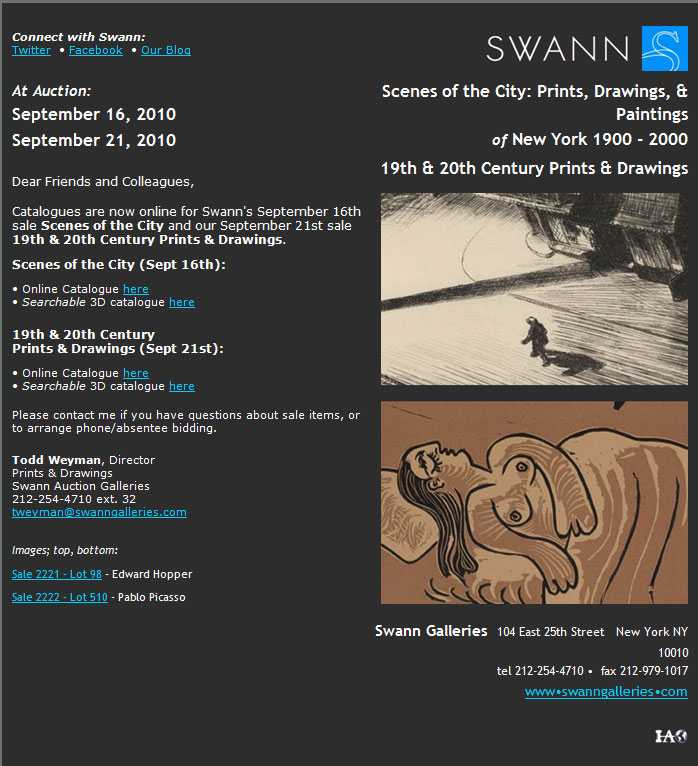Antiques in Philadelphia
August 31st, 2010 by adminWith its cobblestone side streets, preserved buildings and revolutionary monuments on almost every corner, Philadelphia is certainly a historical treasure. And like any beautiful old city, Philadelphia is prime hunting ground for beautiful collections of old things, especially if one knows where to look.
If you’re antiquing in Philadelphia, head first to Chestnut Hill, just to the north of center city. Germantown Ave, marked by streetcar tracks, runs down the middle of this quiet leafy neighborhood lined with the awnings of bakeries, toy stores, and a locally famous cheese shop. This is a place where bells jingle when you push open shop doors that have clearly stood on their thresholds for generations, if not centuries.
The entire neighborhood speaks to the best of authentic high-end shabby chic—Even private homes blocks from Germantown Ave display a mesmerizing combination of age and Philadelphia grace, with elegantly peeling Victorian window frames and vine-tangled garden gates. Try to open an antiques shop here and you’d better be able to keep up with customers who know exactly what they’re looking for and can afford it when they see it.
Strolling westward from Abington Ave, stop first in Lavender Hill, owned by Florence Maloumian. Simple and lovely paintings from the rural Catskills, refinished Eastlake Victorian furniture, and the signature pieces in the store—collections of dried and silk flowers in playful color combinations– draw the eye to every corner of Lavender Hills’ artistically cluttered space.
Next stop in at Garden Gate Antiques, a multi-owner shop a few doors down. Make a note of the authentic African pieces in the back corner, including statuary from Malawi and a curious Sowei mask “for women’s initiation.” Run by a husband and wife team of passionate African art collectors, this section of the store features masks and textiles at marked down prices for the rest of the summer.
Move next to George Hoby’s shop where a wall-mounted bighorn sheep gazes out over a collection of odds and their corresponding ends arranged in layers so dense you’ll want to slow your gander so as not to miss anything. Hoby himself presides from the back of the store in a chair that I spent some time studying (not for sale apparently, though I doubt I could afford it if it was). The space is a bit too small for an extensive furniture collection, but features watercolors by Abraham Hankins, ceramics, and everything from old flutes, to girly art-deco ads, to salt and pepper shakers. Hoby’s easy style makes the room a pleasant place to linger for a while.
And finally, no antiquing day in Chestnut Hill is complete without a look into the Antiques Gallery. This shop is representative of the neighborhood in many ways, but it’s best to know your own preferences here, since there’s a lot to see and the store sometimes keeps non-standard hours.
While strolling and perusing, examine the unbelievable collection of maps and historic prints at the map store. Take a break for coffee at Cake or the bakery across from the toy store, and don’t miss the cheese shop. Years ago, the owners of this place offered me a taste of Papillion French blue cheese that changed my life. Chestnut Hill tends to make an afternoon of antiques shopping into a complete experience– Take advantage of the tendency, especially if you’re only in town for a day or two.
By Erin Sweeney
for Antiques.com


























